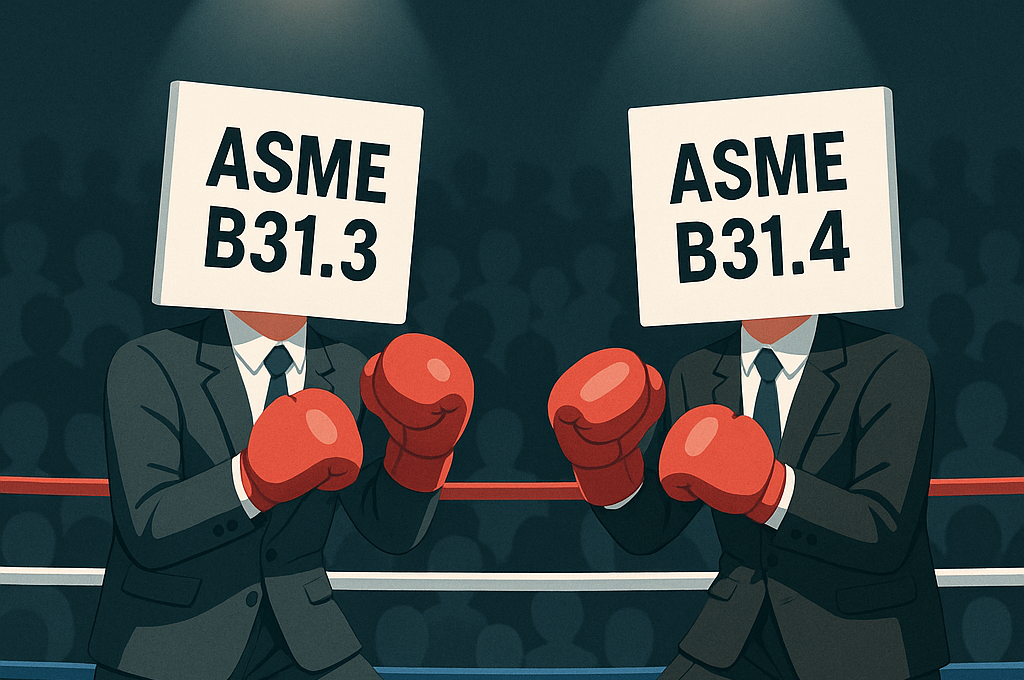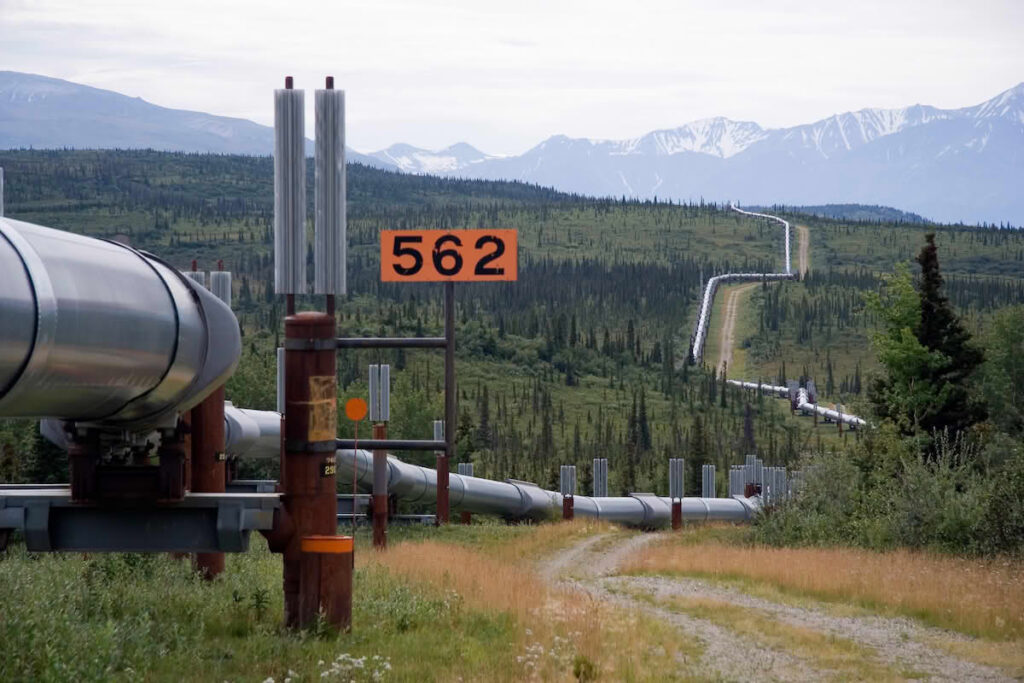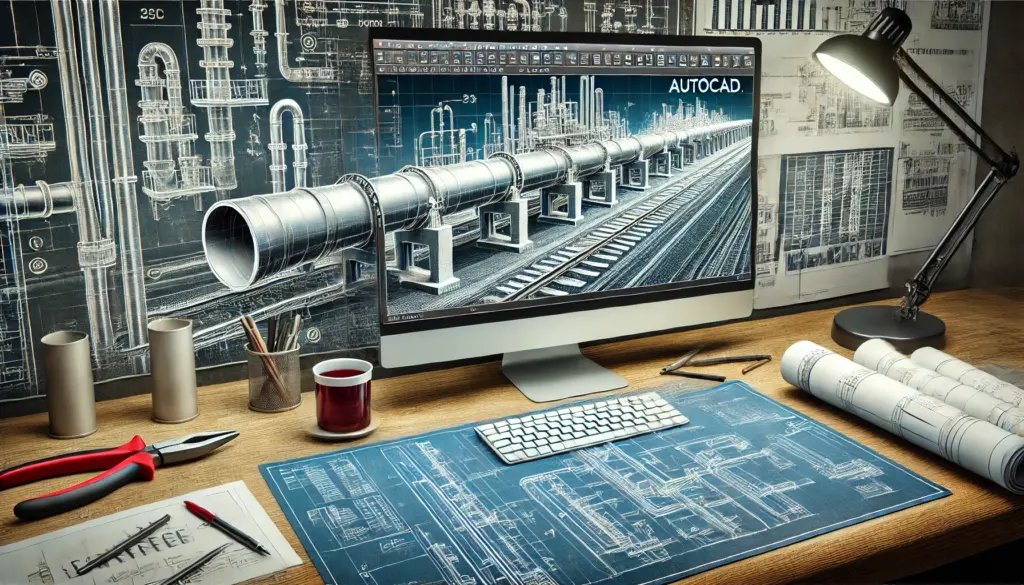ROHR2 is a widely used software tool designed for the calculation, analysis, and structural integrity evaluation of piping and pipeline systems. Developed by Sigma Ingenieurgesellschaft, ROHR2 is primarily utilized in industries such as oil and gas, chemical, petrochemical, power generation, and water treatment. The software provides a reliable platform for pipe stress analysis, dynamic analysis, and finite element modeling. With advanced features tailored for complex systems, ROHR2 assists engineers in designing safe and efficient piping networks. This article will explore the features, capabilities, and applications of ROHR2 in the field of piping and pipeline engineering, detailing how it contributes to the development of resilient piping systems.
1. Overview of ROHR2
ROHR2 is an engineering tool used for pipe stress analysis, structural calculations, and dynamic analysis of piping systems and components. It has become a popular choice for many industries due to its comprehensive approach to evaluating the safety and functionality of complex piping networks. The software allows engineers to assess the impacts of static and dynamic loads on piping systems, ensuring compliance with industry standards and regulations.
The primary objective of ROHR2 is to predict the response of piping systems under various loading conditions. These include internal and external pressure, temperature changes, mechanical loads, and seismic events. ROHR2 helps engineers determine whether a piping system meets the required strength and flexibility criteria while optimizing the design to minimize costs and ensure safe operation.
2. Key Features of ROHR2
ROHR2 offers several key features that make it particularly suitable for pipe stress analysis and piping system design. These include:
2.1 Static and Dynamic Analysis
ROHR2 provides a powerful platform for both static and dynamic analysis of piping systems. Static analysis is used to evaluate the effects of steady-state loads, such as pressure, weight, and thermal expansion, on the piping network. Dynamic analysis, on the other hand, assesses the response of the system to transient forces, such as those generated by fluid hammer, seismic activity, or vibration from rotating equipment.
The ability to perform both types of analysis ensures that piping systems are capable of withstanding a wide range of loading conditions, from normal operational loads to extreme events, thus ensuring their safety and reliability.
2.2 Stress Analysis
One of the core functions of ROHR2 is stress analysis, which involves evaluating the stress levels in piping components to determine whether they meet industry standards and code requirements. The software supports a variety of design codes, including ASME, EN, ISO, and DIN, allowing engineers to perform stress calculations according to the specific regulations applicable to their projects.
Stress analysis in ROHR2 includes calculations for axial, bending, and torsional stresses. The software also evaluates thermal expansion stresses, which are critical in piping systems that transport high-temperature fluids. By identifying areas of excessive stress, ROHR2 allows engineers to make design modifications to reduce stress concentrations and prevent failures.
2.3 Flexibility Analysis
Flexibility analysis is another key feature of ROHR2, allowing engineers to evaluate the flexibility of piping systems and ensure that thermal expansion is properly accommodated. This is important in preventing issues such as excessive forces on connected equipment, overstressing of supports, or buckling of pipes. ROHR2 helps engineers design piping configurations, such as loops and bends, that enhance flexibility and mitigate the effects of thermal expansion.
2.4 Support Design and Optimization
Supports play a crucial role in ensuring the stability and integrity of piping systems. ROHR2 allows engineers to design and optimize pipe supports, including fixed supports, spring hangers, and shock absorbers. The software provides detailed information on support loads, enabling engineers to choose appropriate support types and locations to minimize stress and maintain system stability. Support optimization also helps in reducing material and installation costs, resulting in a more efficient overall design.
2.5 Finite Element Analysis (FEA)
ROHR2 includes finite element analysis capabilities for modeling complex piping geometries and components. FEA is particularly useful for analyzing special components, such as nozzles, fittings, or non-standard pipe sections, where standard analytical methods may not be sufficient. By dividing components into smaller elements and analyzing their behavior under various loads, ROHR2 provides a detailed understanding of stress distribution and deformation.
2.6 Seismic and Vibration Analysis
In regions prone to seismic activity, it is essential to evaluate the response of piping systems to seismic loads. ROHR2 provides seismic analysis tools that enable engineers to simulate the effects of earthquakes and design piping systems that can withstand these forces. The software also offers vibration analysis to assess the impact of dynamic forces generated by rotating equipment or fluid flow. By identifying and mitigating vibration issues, ROHR2 helps prevent fatigue failures and extends the lifespan of piping systems.
2.7 Integration with CAD Software
ROHR2 integrates with various CAD software tools, facilitating seamless data exchange between design and analysis environments. This integration allows engineers to import piping models from CAD applications, reducing the need for manual data entry and minimizing the risk of errors. The ability to import and export piping models in formats such as PCF (Piping Component File) enhances the efficiency of the design and analysis workflow.
3. Uses of ROHR2 in Piping and Pipeline Engineering
ROHR2 has a wide range of applications in the field of piping and pipeline engineering. Below are some of the key uses of ROHR2 in this domain:
3.1 Pipe Stress Analysis and Code Compliance
One of the primary uses of ROHR2 is pipe stress analysis, which is crucial for ensuring that piping systems are designed to withstand various loads and comply with applicable codes and standards. ROHR2 allows engineers to evaluate the effects of internal pressure, thermal expansion, weight, and external forces on piping components. By performing stress calculations in accordance with codes such as ASME B31.3 or EN 13480, ROHR2 ensures that piping systems are safe and compliant with regulatory requirements.
3.2 Thermal Expansion Analysis
Thermal expansion is a critical consideration in the design of piping systems, especially those that transport hot fluids. ROHR2 is used to evaluate the thermal expansion of pipes and determine whether adequate flexibility has been provided to accommodate this expansion. By analyzing the thermal stresses and displacements in the system, engineers can design expansion loops, bends, or bellows that mitigate the effects of thermal expansion and prevent damage to the piping network.
3.3 Design of Pipe Supports
Proper support design is essential for maintaining the stability and integrity of piping systems. ROHR2 helps engineers determine the appropriate types and locations of pipe supports based on the loads and stresses in the system. The software provides information on support reactions, allowing engineers to optimize the design and minimize stress concentrations. By designing effective support systems, ROHR2 helps prevent issues such as pipe sagging, excessive deflections, or overstressing of connections.
3.4 Seismic and Dynamic Analysis
In regions where seismic activity is a concern, ROHR2 is used to perform seismic analysis of piping systems. The software simulates the response of the piping network to seismic forces and evaluates whether the system can withstand these forces without failure. ROHR2 also provides dynamic analysis tools to assess the impact of other transient forces, such as fluid hammer or equipment-induced vibrations. By identifying potential dynamic issues, engineers can design piping systems that are resistant to fatigue and capable of withstanding extreme events.
3.5 Fitness-for-Service Evaluations
Fitness-for-service evaluations are performed to determine whether existing piping systems are suitable for continued operation or require repair or replacement. ROHR2 is used to evaluate the structural integrity of aging piping systems, assess the effects of corrosion or degradation, and determine the remaining life of the system. By performing stress and flexibility analysis, ROHR2 helps engineers make informed decisions regarding the maintenance and repair of piping assets, thereby ensuring the safety and reliability of the system.
3.6 Finite Element Modeling of Special Components
ROHR2’s finite element analysis capabilities are used to model and analyze special piping components, such as nozzles, tees, or non-standard fittings. These components often have complex geometries that cannot be accurately analyzed using traditional analytical methods. By performing finite element modeling, ROHR2 provides a detailed understanding of the stress distribution and deformation in these components, ensuring that they are designed to withstand the expected loads.
3.7 Optimization of Piping Layouts
ROHR2 is also used for optimizing the layout of piping systems to minimize stress, reduce material costs, and improve overall efficiency. By evaluating different layout options and analyzing the resulting stresses and displacements, engineers can select the most efficient and cost-effective design. This optimization process is particularly important in large and complex piping networks, where slight changes in layout can have a significant impact on material usage and construction costs.
4. Benefits of Using ROHR2 in Piping Engineering
The use of ROHR2 in piping and pipeline engineering offers several significant benefits:
- Enhanced Safety: By providing detailed stress analysis and evaluating the effects of various loading conditions, ROHR2 ensures that piping systems are designed with safety in mind. This reduces the risk of failures, leaks, or other safety incidents during operation.
- Code Compliance: ROHR2 supports multiple design codes, allowing engineers to perform stress calculations that comply with industry standards. This ensures that piping systems meet regulatory requirements and are approved for safe operation.
- Cost Savings: ROHR2 helps optimize the design of piping systems, resulting in material savings and reduced construction costs. By identifying and mitigating potential issues during the design phase, the software also reduces the likelihood of costly rework or modifications during construction.
- Efficient Workflow: Integration with CAD software and automated data import/export features streamline the design and analysis process. This improves productivity, reduces manual data entry errors, and facilitates collaboration between different engineering disciplines.
- Accurate Analysis: The ability to perform both static and dynamic analysis, as well as finite element modeling, ensures that piping systems are thoroughly evaluated under all relevant loading conditions. This leads to a more accurate understanding of system behavior and better-informed design decisions.
- Flexibility in Design: ROHR2’s flexibility analysis capabilities allow engineers to design piping systems that accommodate thermal expansion and other displacements without overstressing components. This ensures that the system remains functional and reliable throughout its operating life.
ROHR2 is a powerful and comprehensive tool for piping and pipeline engineering, providing a wide range of analysis capabilities that ensure the safety, reliability, and efficiency of piping systems. With features for static and dynamic analysis, stress and flexibility calculations, support design, and finite element modeling, ROHR2 is an essential tool for engineers involved in the design, analysis, and maintenance of piping networks. Whether used for new installations or evaluating existing systems, ROHR2 helps engineers develop optimized, compliant, and resilient piping designs, contributing to the success of projects in industries such as oil and gas, power generation, and chemical processing.





